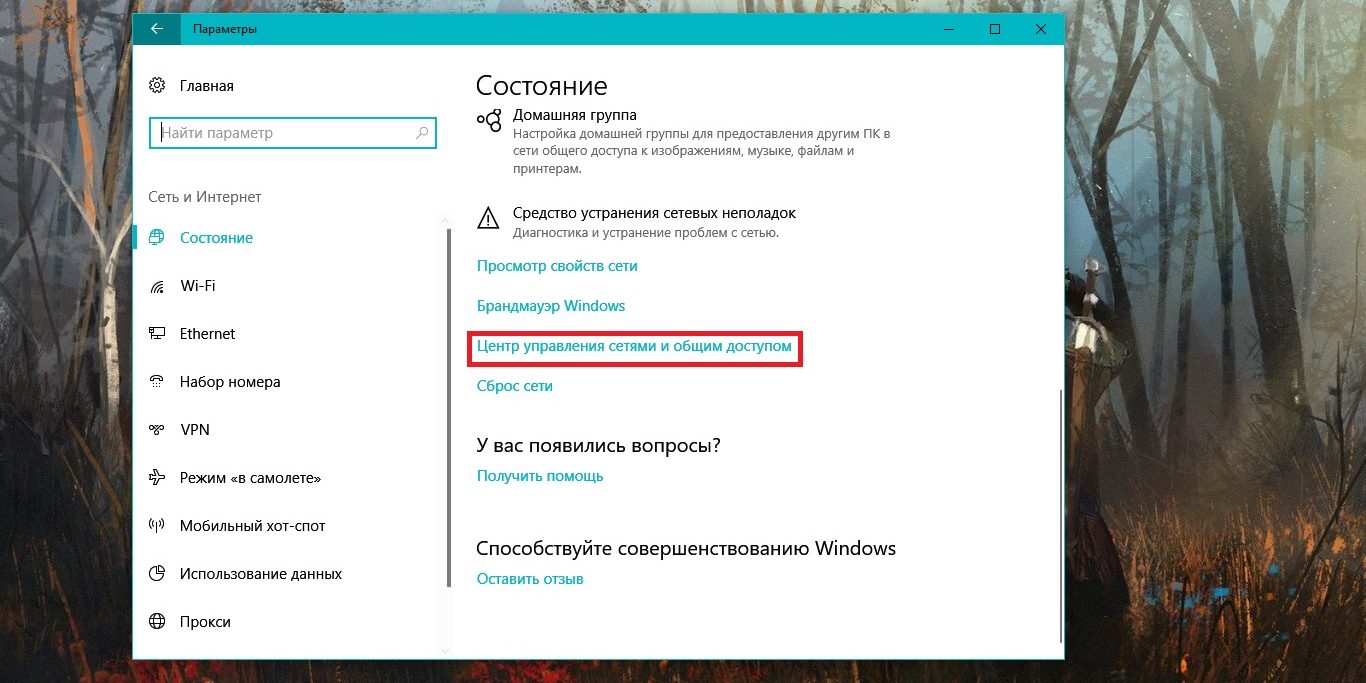Introduction
Using the Elastic Stack for server monitoring provides a comprehensive set of tools that allows you to track server status in real-time, analyze data, and be alerted to potential problems.
What is the Elastic Stack?
The Elastic Stack is a suite of software products that includes Elasticsearch, Logstash, and Kibana. Elasticsearch is a search and analytics engine, Logstash is a tool for collecting, processing, and forwarding logs and events, and Kibana is a tool for data visualization.
Why Use the Elastic Stack for Server Monitoring?
The Elastic Stack provides the ability to create powerful monitoring tools that allow you to analyze data at high speed and in real-time. And the user-friendly Kibana interface allows you to visualize data as graphs and charts.
How to Use the Elastic Stack for Server Monitoring?
1. Install Elasticsearch, Logstash, and Kibana on the server that will be responsible for monitoring.
2. Configure Logstash to collect logs and events from the servers you want to monitor.
3. Create indexes in Elasticsearch to store the collected data.
4. Configure Kibana to visualize data and create dashboards.
5. Monitor server status, analyze data, and take action when necessary.
Advantages of Elastic Stack for Server Monitoring
— High data processing speed
— Ability to create flexible and powerful monitoring tools
— User-friendly interface for data visualization
— Ability to integrate with other tools and systems
— Scalability support
Conclusion
Using the Elastic Stack for server monitoring allows you to create an effective system for tracking and analyzing server status. Thanks to powerful tools and a user-friendly interface, you can quickly respond to potential problems and increase the reliability of your server infrastructure.



![How to Set Up Automated VDS Backups in [Platform/Location]](https://valebyte.com/blog/wp-content/uploads/2025/11/leonardo_3b4910a9-300x169.jpg)

